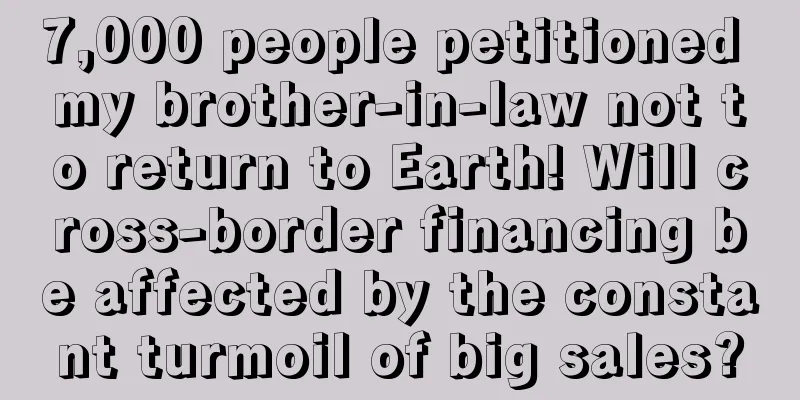|
It is no exaggeration to say that the success or failure of product selection almost determines the success or failure of your cross-border e-commerce journey. Some people even say that "80% depends on product selection and 20% depends on operations." Blind product selection is doomed to failure However, in reality, most people choose products blindly, either: I just go by my feeling and make a quick decision. Once I open 1688, I just browse around and see what I feel like. Either copy your peers, which category, where the product is said to be good to make Either look at the forums or QQ groups. Since everyone says it’s good, just try it out first. Without research and investigation, if you choose the wrong product, your career is basically over. Don’t even think about it. If you choose the wrong product, then trying to make it successful through operational means will definitely take many times more time, money and effort, and you may not even succeed. There are also many people who advocate making blue ocean products, but they sometimes fall into another misunderstanding, thinking that blue ocean products are unpopular products and that the blue ocean market is a market that no one is doing. Choosing such products usually results in not too many orders. There are also some sellers who have some experience in product selection and know to avoid red ocean products and choose products with a certain profit margin. However, most of the products with profit margins have been targeted by others. Especially in China, a “manufacturing powerhouse”, what products can’t we produce?
Once a product shows signs of selling well, it will immediately be targeted by many people, especially on Amazon, which has a copycat selling mechanism. If a product performs slightly better, it will be targeted by competitors. Therefore, products with high profit margins mean that competition is very fierce! Having said so much, is there really nothing we can do? Actually, it is not. In addition to avoiding red ocean products and products that are too unpopular, you can choose to dig deeper into a niche category, that is, a vertical category, and find niche products from this vertical category. Explore subcategories and find niche products So how do you dig into vertically segmented categories? You can find long-tail keywords . For example: Kids toys This is obviously a big market and competition is definitely fierce Kids toys for girls is a little better than the above, but the competition is still too fierce, continue to dig deeper Kids toys for girls age 3 to 5 The competition is much smaller than above Of course, it is possible that the results of this search are still highly competitive. You can continue to add long-tail keywords, such as outside kids toys for girls age 3 to 5, until you find a niche category that you are confident you can enter. You can also dig deeper through Amazon’s category pages, such as through the category option in Amazon’s search drop-down box. You can also check it out at this URL: https://www.amazon.com/gp/site-directory Here, we can see all the categories of Amazon. Similarly, we can check each node one by one and finally find the sub-category that we are sure to enter. Data analysis and screening to select specific products After you find the sub-category that you are interested in or confident in by digging step by step, you may still feel dazzled because there are still many search results and you still can't find a specific product. First, establish some basic principles and eliminate products that you cannot or do not want to make. For example, products that are too heavy, fragile or dangerous will not be sold, products that are suspected of infringement, or products that are too seasonal (unless you only want to sell them for a few months). After eliminating some products through these hard conditions, continue to screen through other standards. For example, make sure that the selected category is not occupied by giant brands , that is, make sure that you still have room to enter. This indicator can be viewed through some third-party product selection tools. The product's selling price should be above $15, and the product's profit margin should be between 30% and 50% , because you need to ensure that there is still profit after taking into account the product promotion costs. It is best not to have more than 1000 reviews on a competitor . If the number of reviews on a product exceeds 1000+, we can basically conclude that this product has already captured the market. If we want to make a product, we must first make sure it has demand on Amazon. Demand can be determined by keyword search volume, ensuring that the monthly search volume of the top three main keywords of the product is not less than 50,000 . This part can also be checked through third-party tools such as Merchant Words. By exploring sub-categories and using data analysis and screening methods, you may have already selected several products of interest. At this time, you can combine your own supply advantages to decide on the final product. A reliable supply chain is extremely important for your subsequent operations. Of course, completing the product selection work is just the beginning. There are many ways to play in the subsequent operation and promotion. How to maintain a good product is the key to determining whether you can really make money . |










